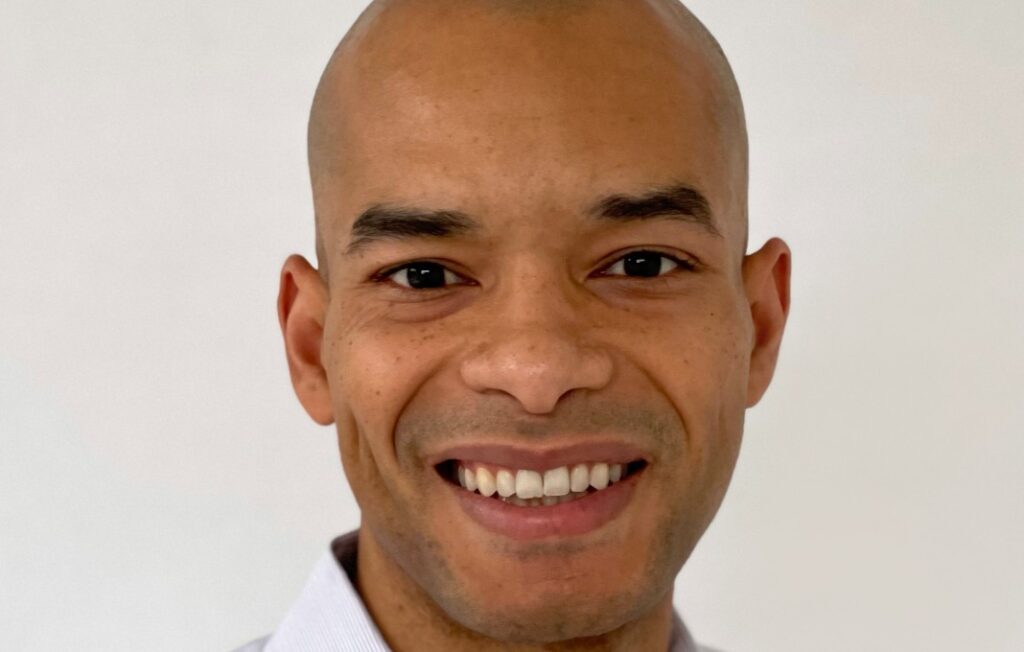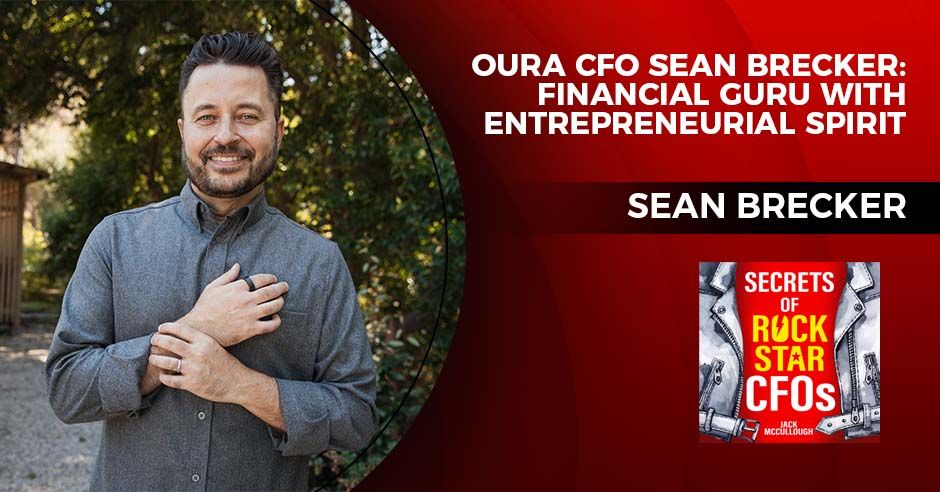For any new CEO, the first business book I would recommend is Patrick Lencioni’s The Five Dysfunctions of a Team. This simple but powerful classic tells a fictional story designed to identify the common elements of team dysfunction and offers effective solutions to avoid them. It also contains one of the most quoted statements in the modern business world: “If you could get all the people in an organization rowing in the same direction, you could dominate any industry, in any market, against any competition, at any time.” Despite its popularity, that statement may be the only part of the book I find troubling.
“Rowing in the same direction” sounds nice—especially for a crew team, which I’ll address later—but what might it imply in the business world? Are things really that simple?
I would argue that the concept of “direction” is much more complex than it sounds.
Well-functioning organizations do have visions and plans that theoretically will lead them in a specific “direction,” but theory and reality are rarely aligned. In reality, an organization’s direction may need to change as the circumstances in which it operates change. And most of those circumstantial changes are difficult to predict, especially when the journey requires substantial time to complete.
Indeed, the ultimate direction in which an organization is heading may need to change dramatically, or it may need to shift ever-so slightly. An organization, for example, may plan to launch a new line of business in two years only to realize that this goal actually is achievable in three years and that the new line of business will require modifications to reflect changing business and environmental conditions. Or maybe that same organization ultimately must shut the project down because of an unanticipated technological or regulatory development. In either case, the organization’s direction has changed.
Of course, an organization’s ultimate direction may not change, though the further into the future the course is charted, the higher the probability of an eventual change. That said, let’s assume that the organization sets its ultimate direction with perfect precision. Even then, the idea of everyone rowing in that same direction becomes challenging because there are mathematically infinite courses that lead to the same point. By way of example, if the ultimate “direction” is to have ten billion dollars of revenue, one way to get there would be through expanding sales in existing markets. Another would be to expand into new markets. Yet another would be through mergers and other inorganic growth. And, of course, there are infinite combinations of those options.
All of this suggests a far more complex metaphor. What’s needed is not a group of people “rowing” in the direction of some fixed location in the distance, but rather a group of people who collectively can figure out how best to navigate the course of the future, including the ability to set new directions and new destinations as the world changes.
It’s not only about direction.
The “rowing in the same direction” metaphor breaks down even further when we consider the fact that, in some cases, we affirmatively want our rowers rowing in individually different directions! Sometimes an organization plots the wrong direction for itself but is saved by subtle or overt directional shifts in “rowing” by one or more employees who help guide the company in the right direction. That’s right, in a world in which diverse thinking can be a source of strength, and in which company leaders can be fully open to dissenting points of view, the best organizations are often led not only by “captains” but also by their “rowers.”
To be clear, I am not suggesting that an organization can go anywhere if some of its team members are rowing in one direction and others are rowing in the exact opposite direction. I’m speaking to the phenomenon of directional shifts that occur when some team members are rowing in one direction and others are rowing in the same general direction but not toward the exact same endpoint.
A similar but different observation relates to speed. Sometimes everyone might be rowing in the same general direction, but some of the employees may row more slowly than others, thereby affecting the speed of organizational progress. This, too, can be a good thing or bad thing, depending on the magnitude of differences in speed and effort. At a minimum, leaders of the organization need to be mindful of why some may be rowing faster or slower than others, along with their rowing styles and the respective roles these rowers play. In a crew team of eight rowers, the “technical-class” rowers keep the boat stable, while the “powerhouse-class” rowers provide the power and the “stroke-class” rowers control the team’s timing. Healthy organizations generally work this way too, with different team members (rowers) playing different roles.
Lastly, we must acknowledge the possibility that there may be people in any organization who don’t row much at all. They, too, play a role, perhaps offering greater levels of friction with no offsetting contributions to overall energy output; or maybe they play the essential role of a coxswain, whose main role is to help steer the boat.
In the end, simple metaphors like “rowing in the same direction” have their uses but betray the complexity of optimal human interactions within an organization. To close with another metaphor, in the vast ocean that is today’s business landscape, I’d prefer to be on a boat with rowers who collectively can navigate the boat to change course, speed up, and slow down to avoid storms, take advantage of favorable currents, and find the richest of green shores—even if some of the rowers are thereby required to row in different directions or, at times, not row at all.








